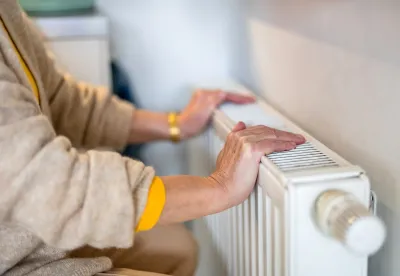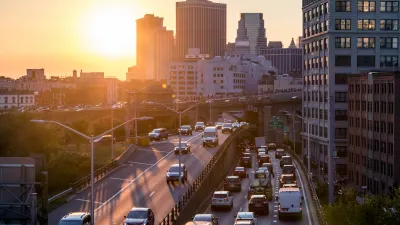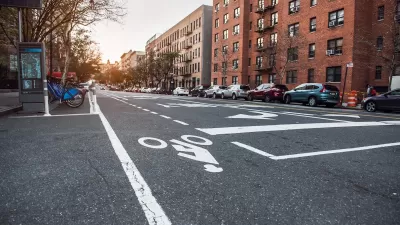The full staff of a federal program that distributes heating and cooling assistance for low-income families was laid off, jeopardizing the program’s operations.

The entire staff of the Low Income Home Energy Assistance Program (LIHEAP) was fired by the Trump administration, jeopardizing a program that helps the lowest-income Americans pay for heating and cooling.
As Brad Plumer reports in The New York Times, the program was created by Congress in 1981 and served roughly 6.2 million people with a staff of around 25. Congress had allocated $4.1 billion for fiscal year 2025, with about 90 percent distributed to states in October for heating costs. The remaining 10 percent won’t be released until the Department of Health and Human Services (HHS) decides how much to allocate to each state.
According to Plumer, “States also use the money to weatherize homes and provide emergency assistance to households at risk of being disconnected from their utility.” In some states like Mississippi, the program also funds items such as blankets, fans, space heaters, and portable air conditioners.
Excessive heat and cold hits poor households, who often live in older housing with worse insulation and weatherproofing, hardest. “While they might use less energy, a building using more power per square foot than it should can make the cost disproportionate,” notes Bonnie Bolden in an article for the Mississippi Clarion Ledger.
FULL STORY: Entire Staff Is Fired at Office That Helps Poorer Americans Pay for Heating

Trump Administration Could Effectively End Housing Voucher Program
Federal officials are eyeing major cuts to the Section 8 program that helps millions of low-income households pay rent.

Planetizen Federal Action Tracker
A weekly monitor of how Trump’s orders and actions are impacting planners and planning in America.

Ken Jennings Launches Transit Web Series
The Jeopardy champ wants you to ride public transit.

California Invests Additional $5M in Electric School Buses
The state wants to electrify all of its school bus fleets by 2035.

Austin Launches $2M Homelessness Prevention Fund
A new grant program from the city’s Homeless Strategy Office will fund rental assistance and supportive services.

Alabama School Forestry Initiative Brings Trees to Schoolyards
Trees can improve physical and mental health for students and commnity members.
Urban Design for Planners 1: Software Tools
This six-course series explores essential urban design concepts using open source software and equips planners with the tools they need to participate fully in the urban design process.
Planning for Universal Design
Learn the tools for implementing Universal Design in planning regulations.
Ada County Highway District
Clanton & Associates, Inc.
Jessamine County Fiscal Court
Institute for Housing and Urban Development Studies (IHS)
City of Grandview
Harvard GSD Executive Education
Toledo-Lucas County Plan Commissions
Salt Lake City
NYU Wagner Graduate School of Public Service




























